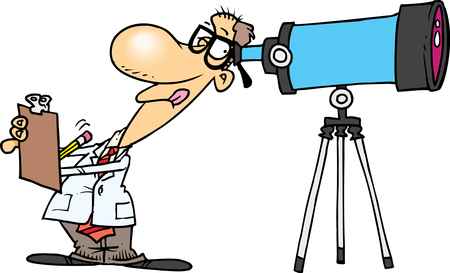Bob Ross shot this video of the total eclipse on August 21, 2017 at the event I emceed at Anderson Jockey Lot.
https://www.youtube.com/watch?v=WiKnEHUgmW0
Translate
Friday, August 25, 2017
Tuesday, August 22, 2017
Eclipse photos shot at Anderson Jockey Lot on August 21, 2017
Photos below all shot by Ivan Moreno during the eclipse event I hosted.
Here's one that plainly shows the magnetic field lines in the Sun's outer atmosphere called the corona.
Next, the diamond ring effect just after full totality!
Here's one that plainly shows the magnetic field lines in the Sun's outer atmosphere called the corona.
Next, the diamond ring effect just after full totality!
Thursday, August 10, 2017
NASA Eclipse Maps Are In Error as much as One-half Mile!
Simple steps to get more precise info about the upcoming solar eclipse.
By Rick Boozer
As I detail below, the problems with the NASA eclipse map app go even further than the article in the Kansas City Star indicates. See their article: “Those maps of
eclipse path? ‘Wrong’, experts say by up to one-half mile at edge” They are correct in saying the app might mislead you to think
you are at the outer edge of the path of totality (where you would get to see one, two or more seconds with no direct sunlight peeking around the Moon) when you actually are not!
First point. The
reported inaccuracy doesn’t just apply to the boundary edges of the path of
totality, it also applies to the center
of the path where the amount of totality time is supposed longest. Again, you might think you are going to get
maximum totality at the location you have chosen, when you are not. Mind you, it will only be a few seconds off
at most, but still off. To die-hard
eclipse chasers, every second is precious.
Second point. As an
astrophysicist, I would never rely on the NASA map for this
very reason. Instead, there is only one
truly reliable source of eclipse data; that is, the U.S. Naval
Observatory. Eclipse prediction has always
been USNO’s job almost as far back in time as the nation’s founding. Even NASA gets their data from USNO when they
want to figure spacecraft trajectories.
Following is a detailed description of what I do for maximum
eclipse prediction accuracy that I use. It is
simple enough for anyone to do. Run the Google Earth app. Use that app to find the latitude, longitude
and altitude of the location you are checking.
Next, enter this data into the USNO’s Eclipse App at: http://aa.usno.navy.mil/data/docs/SolarEclipses.php. Note you may have to convert the altitude
from feet to meters, but Google has a web app for that.
The above method is how I determined that the Anderson
Jockey Lot would have the longest
totality time of anyplace on the I-85 corridor. Btw, the NASA app predicted a totality duration 3 seconds shorter than the USNO app in this particular case.
Image credit: NASA
Image credit: NASA
Subscribe to:
Posts (Atom)



